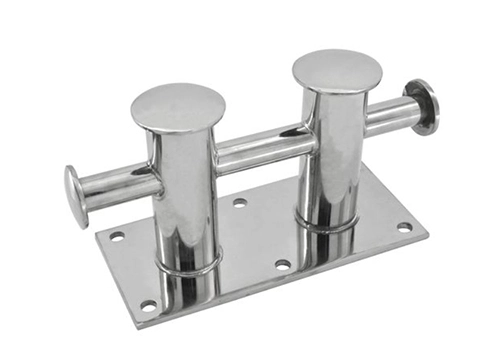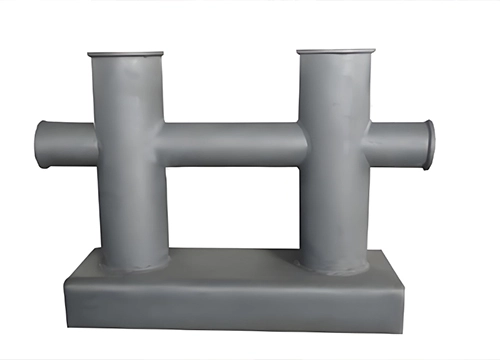



When a ship docks at a pier or docks with other ships, mooring bollards are the fixed endpoints of the cable.
The crew tightly wraps the cable around the mooring post and uses equipment such as a winch to tighten the cable, establishing a stable connection between the ship and the dock or other vessels.
For example, in large ports, when container ships dock, multiple cables are tied to the mooring stakes on both sides of the ship's hull, which act as "anchor points" to firmly secure the ship to the berth.
1. In terms of ship size
2. Aspects of ship type
3.Mooring environment
4.Current, wind and wave conditions
5.Material and quality of bollard
Marine bollards are constantly exposed to harsh seawater, salt spray, and changing weather conditions. To ensure long service life and safety, material and surface protection are essential.
Materials: Norman Ship bollards are manufactured from cast steel, ductile iron, or stainless steel, depending on the load requirement and installation environment.
Surface Treatment: Each bollard is sandblasted and coated with marine-grade epoxy paint for superior adhesion and corrosion resistance.
Corrosion Protection: For extreme marine environments, hot-dip galvanizing or special polyurethane coatings can be applied to enhance durability and reduce maintenance needs.
These measures guarantee long-term performance, even in aggressive coastal and offshore conditions.
Proper installation is critical to achieving the full strength and safety of a marine bollard.
Foundation Design: The bollard should be securely anchored to a reinforced concrete base or steel deck structure, capable of withstanding the maximum mooring load.
Mounting Options: Available as bolt-fixed or embedded types, depending on dock design and load direction.
Anchor Bolts & Reinforcement: High-strength anchor bolts and properly designed reinforcement cages are recommended to prevent movement or rotation.
Installation Notes: Ensure correct alignment, sufficient edge distance, and smooth rope operation around the bollard head.
Following proper installation guidelines ensures safety, reliability, and long-term stability of the mooring system.